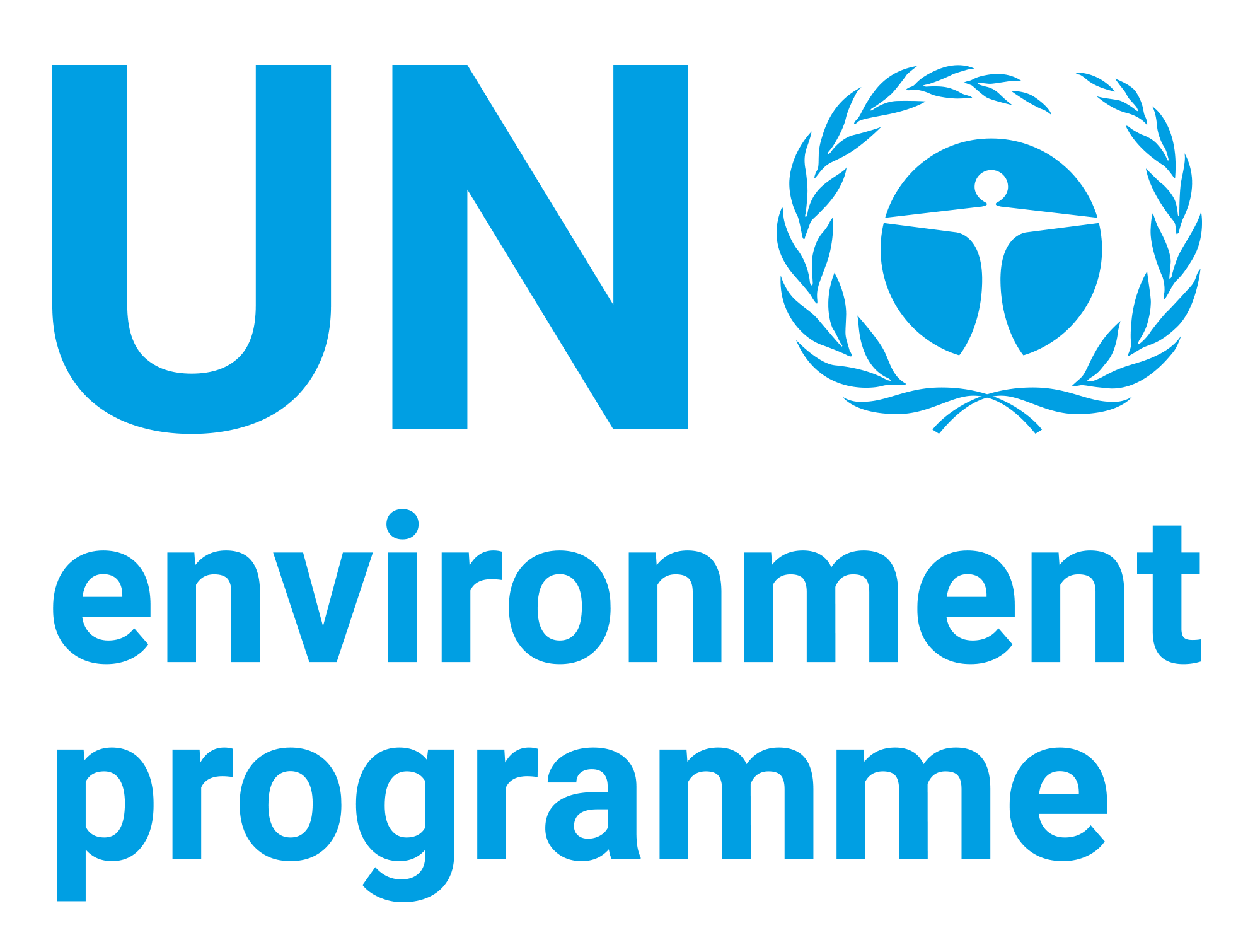Global Digital Datasets for Land Degradation Studies: a GIS Approach - GRID Case Study Series No. 4

Date
1991Author
United Nations Environment Programme
Global Environment Monitoring System
Citation Tool
Bibliographic Managers
RT Generic T1 Global Digital Datasets for Land Degradation Studies: a GIS Approach - GRID Case Study Series No. 4 A1 United Nations Environment Programme, Global Environment Monitoring System YR 1991 LK https://wedocs.unep.org/20.500.11822/29349 PB AB TY - GEN T1 - Global Digital Datasets for Land Degradation Studies: a GIS Approach - GRID Case Study Series No. 4 AU - United Nations Environment Programme, Global Environment Monitoring System Y1 - 1991 UR - https://wedocs.unep.org/20.500.11822/29349 PB - AB - @misc{20.500.11822_29349 author = {United Nations Environment Programme, Global Environment Monitoring System}, title = {Global Digital Datasets for Land Degradation Studies: a GIS Approach - GRID Case Study Series No. 4}, year = {1991}, abstract = {}, url = {https://wedocs.unep.org/20.500.11822/29349} } @misc{20.500.11822_29349 author = {United Nations Environment Programme, Global Environment Monitoring System}, title = {Global Digital Datasets for Land Degradation Studies: a GIS Approach - GRID Case Study Series No. 4}, year = {1991}, abstract = {}, url = {https://wedocs.unep.org/20.500.11822/29349} } TY - GEN T1 - Global Digital Datasets for Land Degradation Studies: a GIS Approach - GRID Case Study Series No. 4 AU - United Nations Environment ProgrammeUnited Nations Environment Programme, Global Environment Monitoring System UR - https://wedocs.unep.org/20.500.11822/29349 PB - AB -View/Open
Item Statistics
Display item statisticsMetadata
Show full item recordDescription
This report describes GRID's work in assembling the core data sets used in the production of the global and regional sections of the thematic atlas. Its aim is to serve as a source of background information rather than as a detailed analysis of the data generated. In the course of the project, new data sets as well as existing ones stored in the GRID archive have been utilized. All coverages have been prepared or generated by GRID analysts in close cooperation with internationally acknowledged experts in the relevant fields. The datasets are now part of the GRID archive and are distributed freely. Part 2 of this report gives a technical background to the study. Concepts of geographic analysis are introduced, and methodologies for the production of numeric and cartographic output are presented. The core data set of the project, the Global Assessment of Soil Degradation (GLASOD) is discussed in Part 3. Emphasized here are the modifications implemented by GRID to allow
statistics to be derived, and to make the data compatible with the other coverages. Two versions of the GLASOD data set have been used in this study: a global one based on the 1:10 million scale wall chart, and a more detailed African data set for the regional section of the atlas based on a 1:6 million scale map. Part 4 deals with the production of a coverage of climatic zones. Since desertification is defined as degradation of the land surface in arid, semi-arid and dry-subhumid zones, climatic boundaries to delineate those areas are needed. Acknowledging the fact that climate changes over time, it was decided to produce a new climatic coverage based on recent data rather than utilize an existing map.
Collections
Document Viewer
To read more, scroll down below.

